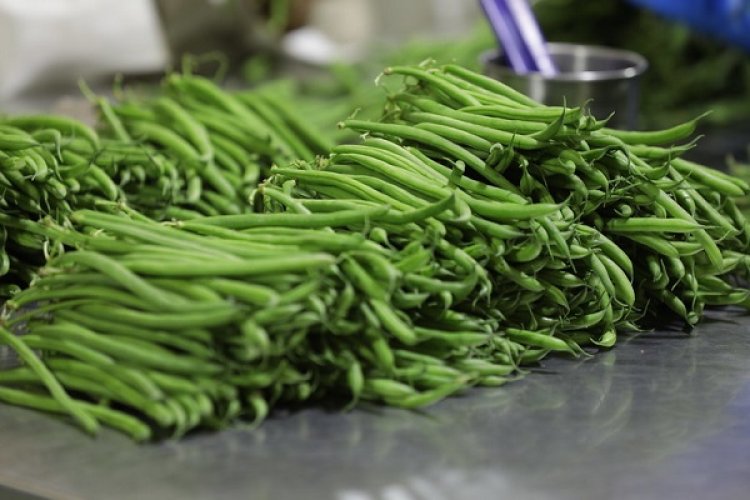Inflation – the rate of increase in prices — is forcing academies to slim the menu and could have disrupted normal school meal program at your kid’s school if managers did not reach out asking you to chip in financially.
I’m a parent, too, and I had to fork out additional Rwf45,000 at the start of the term in January because the school had said that without it, they [managers] could not guarantee that kids will not go hungry.
You do not have to worry, though, if nobody reached out to you. Some academies have got sponsors who usually intervene in hard times, or the school has some land space where they grow crops which have helped withstand the rise in food costs.
READ: BACK TO SCHOOL: Parents, inflation and the fees dilemma
Everyone, unless you belong to the class other than the low income and poor bracket, has borne the brunt of high cost of everything food and essentials after they rose to levels never seen before from early last year and has not eased since.
Rwanda ranked among top ten countries with highest food inflation globally in successive World Bank’ food security reports, the latest having come out on Monday, June 05, 2023.
Things do not seem to ease after prospects of good seasonal agriculture harvests were dampened by adverse weather events such as recent floods that affected parts of the country, ravaging huge chunks of croplands in addition to claiming hundreds of lives.
READ: Rwanda floods: The not-so-visible hand of wealthy nations
So it’s still tough times for school managers who, amid inflationary pressure, have found themselves using twice the budget for the same items they used to purchase a year or so ago.
Inflation first hit staples like maize flour, beans, rice, and quickly extended to cooking oil and more, and then erased key sources of proteins such as meat, eggs and milk from meals of schools and homes with limited budget.
Cost of meat more than doubled a couple of months ago when a kilo of beef started oscillating between Rwf3,500 and Rwf5,300 in Kigali.
I think that one would not be mistaken to think that the education ministry’s senior official who recently suggested that government wants schools to start serving pork was mulling ways to return these sources of proteins to the children’s plates to curb malnutrition.
However, the official did not explain in details how this would make the difference because if current market prices is anything to go by, pork is also not cheaper.
The reality on ground is that schools purchase what is relatively cheaper rather than what fit to make a balanced diet, and this is likely to remain the case in absence of additional meal budget, or support.
As a result, nutritional content of meals and portion sizes are affected.
WATCH: JOHNSON’S TAKE: Rwanda’s educationists can do better at feeding learners










